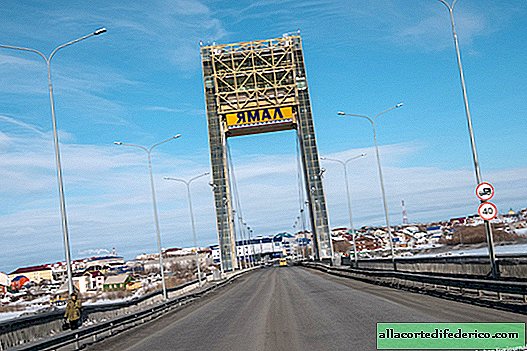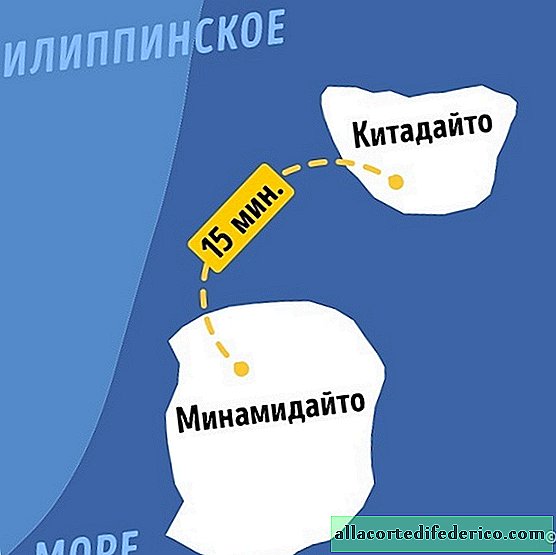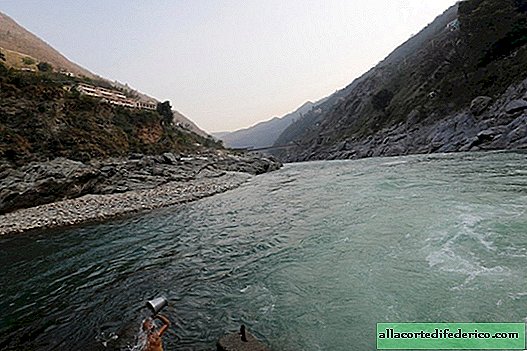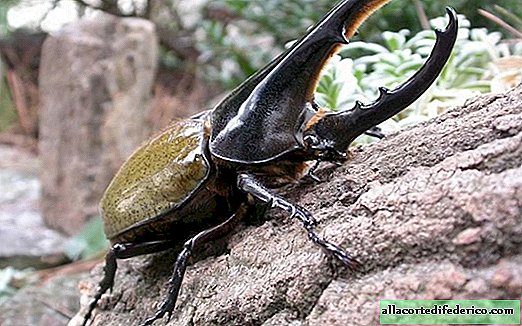How famous pirates served the Russian tsars
When the Russian naval flotilla was still being created, the rulers in Moscow and St. Petersburg, as in many other states, did not refuse to use the services of pirates. These pirates were foreigners and often proved to be extremely effective fighters.
Danish Pirate Carsten Rode
The Russian fleet in the Baltic was formed at the beginning of the 18th century by Emperor Peter the Great. Nevertheless, there was another attempt, 100 years before, to create a navy under Ivan IV, better known as Ivan the Terrible.
Ivan IV was a complex figure: a cruel ruler and seer who understood the importance for Russia of the presence of ports in the Baltic. To achieve this, he launched a war in the region, which will last more than two decades. At first everything went pretty well for the king, and, having made some territorial conquests, Ivan realized that for complete control of the coastline he needed a fleet.
The problem was that in the middle of the 16th century there were no ships or crews in Russia. That is why Ivan IV asked for foreign help from the Danish king Frederick II. He supported the struggle of Ivan the Terrible against two historical enemies of the Moscow kingdom: the Polish-Lithuanian state and Sweden.
 Danish Pirate Carsten Rode Region
Danish Pirate Carsten Rode RegionThe king turned to Karsten Rohde, a Danish privateer. "So, in the summer of 1570 an unknown fleet appeared in these waters, which led Rode, and that quickly became the" Thunderstorm of the Baltic Sea ""- wrote the historian Valery Yarkho.
Rohde received a letter from Ivan IV with a note stating: "We kind and his! Comrades are ordered to hunt with fire and sword in the ports and the open sea, not only against the Poles and Lithuanians, but also everyone who will supply them with goods, and take everything from them". Thus, the position of the Russian tsar was that Rode could attack anyone who had contact with his enemies. Rode performed this function very well.
At first he had only one small ship, but soon there were three, and after a while there were six ships under his command. First of all, he attacked merchant ships arriving from the Polish port of Gdansk. In July of that year, he captured 17 such ships in one fell swoop. Baltic merchants began to worry and sent a military expedition for privateer. The mission turned into a failure. The Swedes were also dissatisfied with Rode and tried to track him down, but they did not succeed either.
Rode’s successful raids came to an end unexpectedly. Ivan IV lost the military company, and when Rode's presence became problematic for Frederick, he arrested the pirate. This happened, despite the fact that Rode was selling the loot to the Danes, and not to Moscow merchants, as he was supposed to do. According to historian Yarho, "since Rode was in no hurry to fulfill the terms of the agreement with the Russian Tsar, the latter also did not really want to free him from Danish captivity." Ivan sent a letter to Frederick asking him to extradite Rode to Moscow, but the Danish king refused to do so. We do not know what happened to the pirate in the end.
American Rear Admiral who fought with the Turks
John Paul Jones, another privateer who worked for Russia, is quite well known for helping establish the US Navy during the American Revolutionary War.
In 1788, he was hired by the Russian Empress Catherine II. At that time, Russia participated in the wars with Turkey on the Black Sea, but it lacked a strong fleet or experienced officers. Jones was promoted to rear admiral and commanded more than 14 Russian courts. In the summer of that year, "The American became one of the main participants in the successful battle of Russia for the Ochakov fortress. The ships of his flotilla took part in a surprise attack on the Turkish fleet and forced the ship with 64 guns on board to be aground. Later in letters to Prince Potemkin, favorite of Catherine, who led the Russian campaigns in the south, he insisted that it was his idea that the secret artillery battery had worked. It caused the Turks more damage, "wrote historian Igor Ivanenko.
 John Paul Jones played an important role in the battle for Ochakov
John Paul Jones played an important role in the battle for OchakovIn the fall, as a result of various scandals, he had to leave for St. Petersburg, but his fleet still managed to destroy a group of Turkish ships. A little later, as a result of several successful and strategically important naval campaigns, Russian troops captured Ochakov. Meanwhile, Jones went to Paris for a two-year paid vacation and suddenly died there.
Greek hero
Lambros Katsonis, like John Jones, was a national hero and participated in the Greek national struggle against the Turks. For some time, partly under the command of Jones, Katsonis fought on the side of Russia and participated in the Russian-Turkish wars.
 Lambros Katsonis
Lambros KatsonisIn 1788, Katsonis was sent to Trieste, then the Austrian port on the Mediterranean. There he bought a ship and named it "Minerva Severa" in honor of Catherine II. After a series of successful campaigns, he soon expanded his fleet to ten ships that were captured from the Turks. Under his command, these ships represented a real threat to the Ottoman Empire in the Mediterranean. At that time, Russia could not send any of its ships, because it simultaneously got involved in another war, this time with Sweden. As a result, Katsonis’s fleet became the only Russian naval presence in the region.
"Throughout Turkey it is known that the archipelago is filled with Russian ships, but in fact there are no corsairs on the archipelago, except for me and ten of my ships."- wrote Katsonis in a report to Prince Potemkin, quoted by historian Alexander Shirokorad in his book "Russian Pirates." His fleet was so strong that privateers even managed to capture the Turkish fortress on one of the islands.
In 1790, the combined Turkish-Algerian fleet valiantly defeated Katsonis, but he still continued to fight. When Russia concluded a peace treaty with the Turks two years later, Katsonis was angry that Greece was not indicated in his text. For some time he fought on his own, but eventually returned to Russia.

















